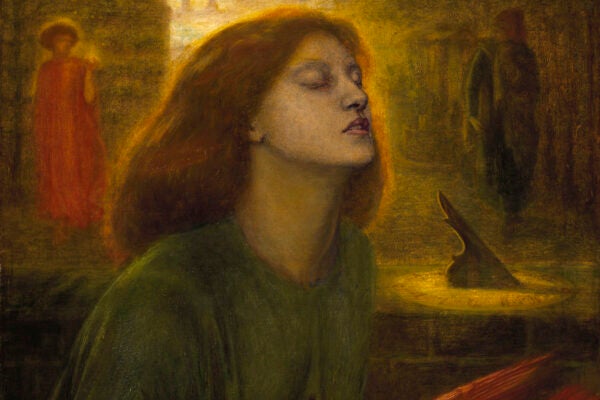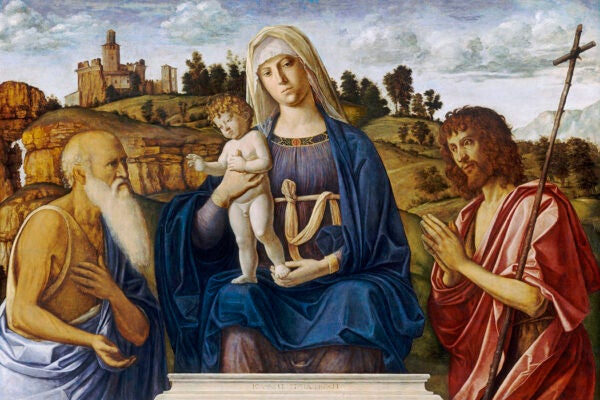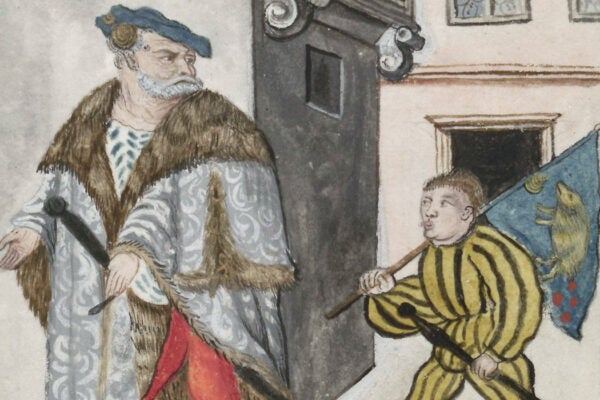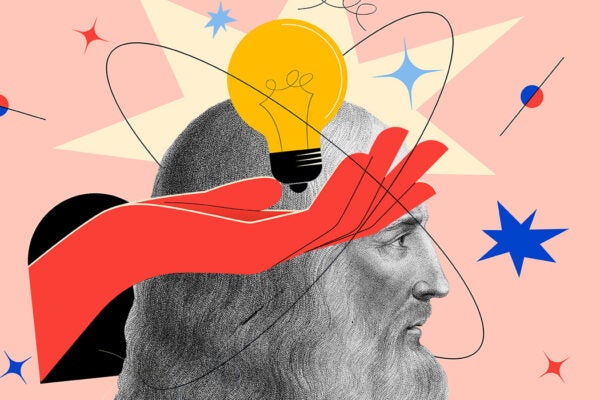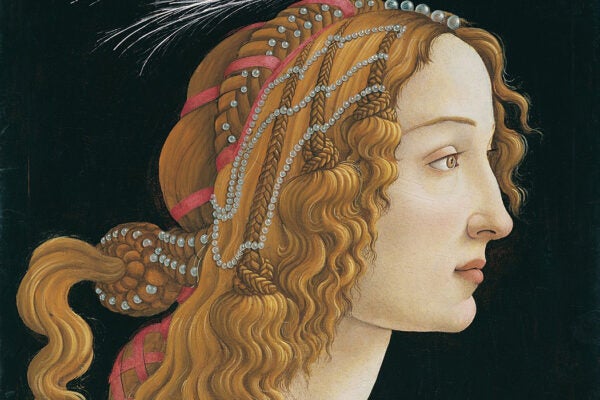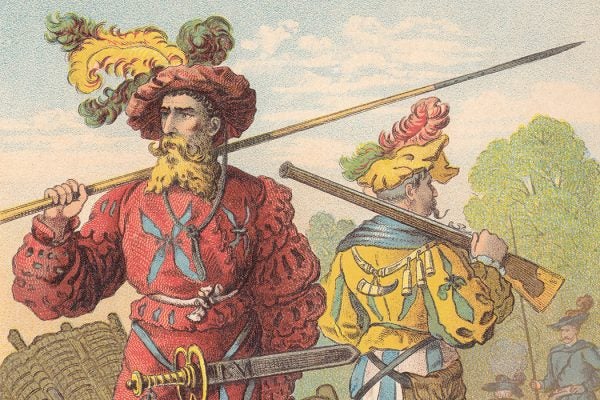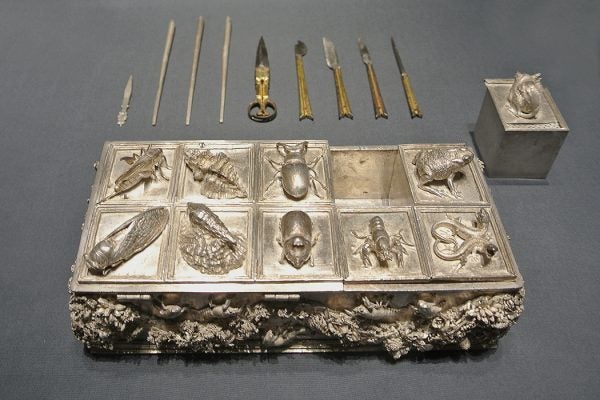Reasons for Re-Enacting at the Renaissance Faire
Why do we love donning period costumes and re-enacting our history through mock battles, pioneer villages, and Renaissance Faires?
Becoming Beatrice
Dante adored her so much that he cast her as his guide in the Divine Comedy. But who was Beatrice Portinari?
How Renaissance Art Found Its Way to American Museums
We take for granted the Titians and Botticellis that hang in galleries across the United States, little aware of the appetites and inclinations of those who acquired them.
The Art of Renaissance Clothes
While Spanish Catholicism and reformatory Protestantism favored black clothing, much of the Renaissance happened in an explosion of color.
Fruit and Veg: The Sexual Metaphors of the Renaissance
Using peach and eggplant emojis as shorthand for sex may seem like a new thing, but Renaissance painters were experts at using produce to imply intercourse.
The Destructive Myth of the Universal Genius
Excusing bad behavior from actors viewed as exceptional has led to supremely destructive moments in history. How'd we get from da Vinci to Hitler?
The Renaissance Lets Its Hair Down
The notion that everybody was going to be hairless in Heaven may not have sat well with Italian Renaissance painter Sandro Botticelli.
The Anatomical Machines of Naples’ Alchemist Prince
Rumor had it that these machines were once the Prince’s servants, whom he murdered and transformed into anatomical displays. Scholars showed otherwise.
Chivalric Romance, Meet Gunpowder Reality
The manly knight wouldn't have lasted a day in sixteenth-century combat. So why was he so popular as a literary figure at the time?
How Renaissance Artisans Turned Live Animals into Silver
Lifecasting was the renaissance art of making sculptures using molds taken from real-life plants and animals.

